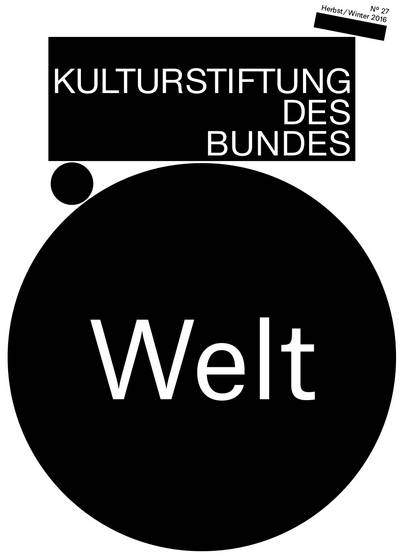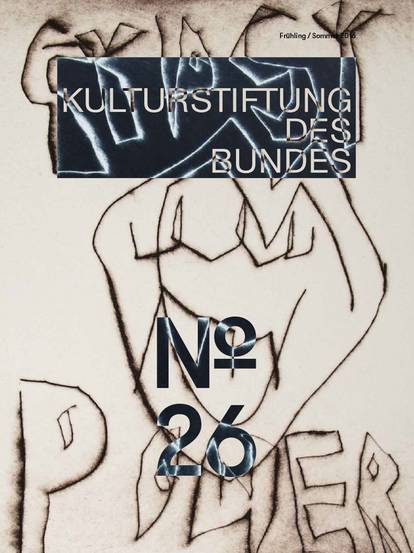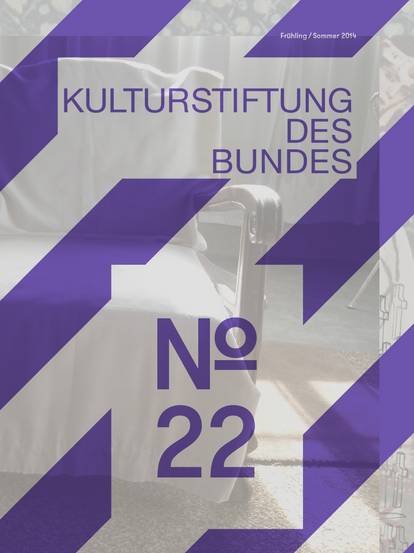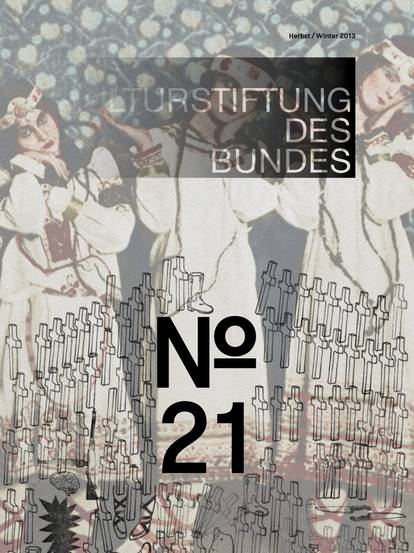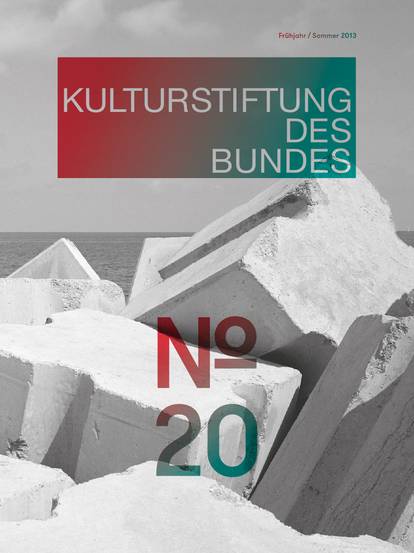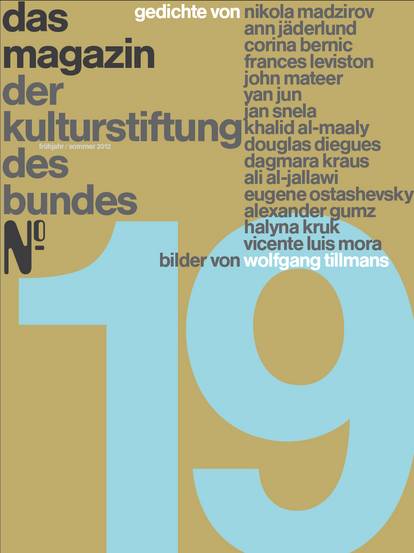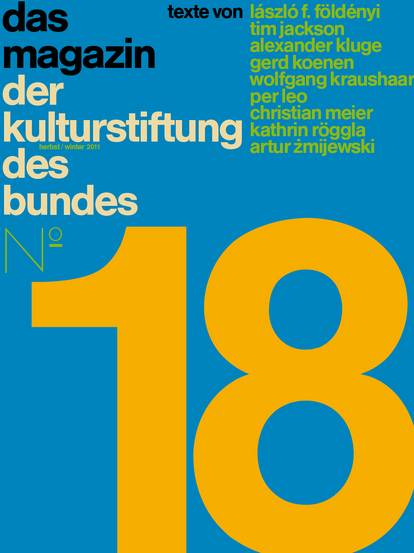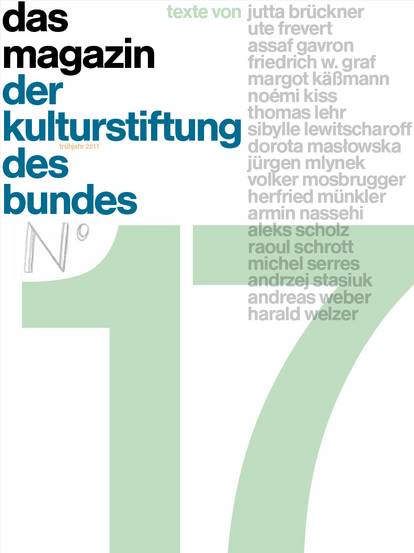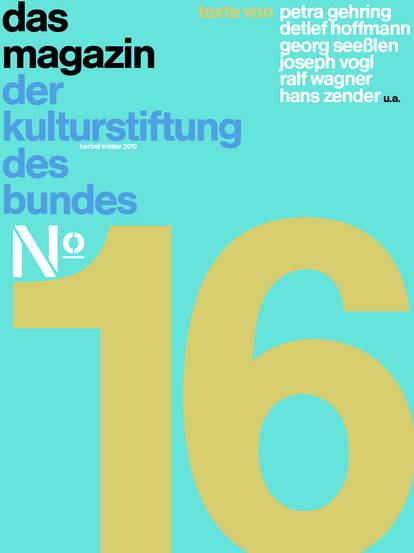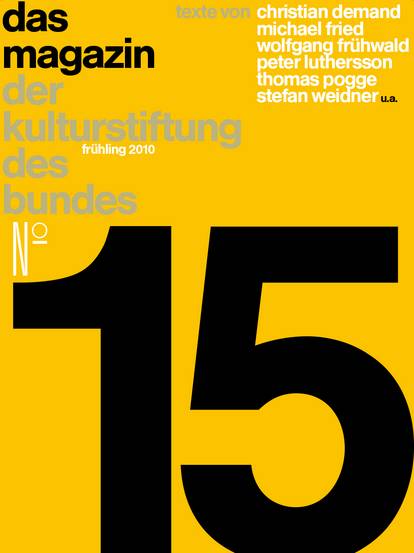The country is not a place, but a state of mind – a desire to return to a past where everything was supposedly authentic. In the following, Valentin Groebner discusses the reckless, imaginary land grab of urban inhabitants.
Those who drive out into the country, into the great green wilderness, merge into traffic on the autobahn, then pass the furniture stores and discounters with their spacious parking lots. Then come the residential areas. Then some more furniture stores. And then finally the fields and forests, ponds and tree-lined roads. “It’s beautiful here!” Zipping along a well-travelledhighway, a sign suddenly appears at the side of the road next to an old farmhouse. It informs the excursionist that he has finally reached the country: it reads “Antiques”.
It seems that people in the country have so much old stuff from long ago that they are more than happy to sell it to the city slickers. We are the creators, they are the archivists. The country is the place where time stands still. A drive out into the country is a drive into a dreamy past where everything is a little bit like it used to be, with old cars, old varieties of fruit (where do the new one come from? Who knows!), old furniture, old customs. Everything new comes from the city – especially when it comes to culture. That is the message of the successful book The Rise of the Creative Class by the sociologist Richard Florida, the reprints of which continue to enjoy great popularity since its publication in 2002. Old, original and authentic things come from the country. Or more precisely, that’s where city people go to buy them.
This is so obvious because the notion of “country”, as we envision it, is as old as the railway photography, tourism, the modern nation state – a little over 150 years old. Ever since, the country is not only a region, but also what Émile Durkheim called a totem: a powerful emblem which represents a collective. The nation states of the 19thcentury were all so young that the one thing they needed more than cash and cannons was a local history. They created the kind of country life that we know today. It had to be colourful and picturesque, but naturally so – just like its inhabitants, their clothing and customs (the concept is rather Rousseau-esque.) It had to appear in the customary forms, it had to be reproducible and pictorial. The first volume of Heinrich Riehl’s Natural History of the German People of 1854 was not entitled “Land and People” for nothing. Its publication was sponsored by the same Bavarian king who had built the railwaysand educational institutions and commissioned scholars to meticulously document local folk costumes (which is how they actually originated - most villages had none prior to that). His Majesty also went hiking.
As a result, the country in its purest form can be found in the minds of city dwellers, protected from contamination through empiricism. It’s not so much a place as it is a state of mind, an illustrated projection for collective self-identification – as original, in touch with nature and authentic as we ourselves are. That is, if we are allowed to be. For in its various socio-romantic expressions, the “country” is always tied to the concept of resistance against outside influence, imitation, artificiality, and the temptations of industrial metropolises. It’s about resisting the Romans, to borrow the vocabulary of René Goscinny, the creator of Asterix. It is no coincidence that the story of the popular comics series takes place in a Gallic village whose residents successfully defend their local customs with the aid of a magical potion brewed using a secret recipe. The first volume was published in 1959 at the height of the Algerian war. Neither in this first volume nor in any of the 36 that followed did an Arab make an appearance.
The emphatic, holistic concept of “Land” (country) had a successful history long before the popular magazine Landliebe (Country Love) came out. It was appropriated by opposite ends of the political spectrum – from the right-wing nationalist “Rural People’s Movement” of the late 1920s, to the somewhat nationalistically minded scientists of the 1930s like Otto Brunner and the conservative “rural history” of the postwar period, to the Green Party and the alternative left-wing movement of the 1970s and 1980s with its “Dreyeckland” in southern Baden and the “Wendland” in Lower Saxony. Imagined territories – or Gallic villages – of earthbound counter-culture.
The country, therefore, is not merely a spatial category, but also the wish that a country outing will be a journey back in time. The images of anti-industrial idylls have as much in common with real-world circumstances as King Maximilian’s II Bavarian costumes or Goscinny’s brave warriors. When people talk about the country and country life, they’re not referring to concrete living and working environments, but rather to images. They are passe-partouts of a past which only function because we can fill them with our wishes. Their efficacy is rooted in their apparently timeless validity like anthropological certainties. In Germany, the term “country” is sure to evoke visions of well-furnished manors and happy cows, seaside cottages and lederhosen, ruddy-cheeked farm families and meadow orchards. And for that reason, it is a restroom for the collective dreams of one’s heritage.
In the 21st century, tourism, real estate agencies and recreational gastronomy has accepted the legacy of Heinrich Riehl’s Natural History of the German People and that of his colleagues. When the “historical identity” of the country is staged as an idyllic era of long ago, a simple fact must necessarily be concealed, namely, that the past has never been traditional. Agricultural production everywhere has always been subjected to numerous violent and pervasive technical upheavals and maintained ties to supraregional markets; migration was the norm. Nowhere in Europe in the past three hundred years has there been a quiet, self-contained country lifestyle. It is, however, being created today – thanks to the relevant experts. The French sociologists Luc Boltanski and Arnaud Esquerre have coined this process “patrimonialisation”, i.e. the creation of cultural zones of intensity where a location’s history is especially visible and easily consumable. They go on to show that during the last quarter of the 20thcentury, the country has become increasingly rural. The lucrative market for weekend and holiday homes is the result of this process, much like the trend in the gastronomy sector in demonstratively marketing “authentic” and “traditional” local specialties.
These specialties didn’t always exist, they first had to be manufactured with reference to local custom, history and culture. At the same time, the rise of “le patrimoine” has produced a new profession of cognitive engineers of cultural tourism, or as Boltanski and Esquerre describe them with a tinge of derision, “attracteurs” who create new tourist attractions. Out-of-the-way places and items from yesteryear are loaded with history and stories, with cultural significance and increased resale value. For those who mainly profit from the touristic development of a region, as both authors soberly demonstrate, are its property owners. (1)
The only condition for such a development is the firm belief in a century-old tradition – even if it is newly invented. In the quaint town of Laguiole in the southern French departement of Aveyron, one can observe how a provincial backwater can be outfitted with an especially impressive history in hindsight. Not only does this include restoring houses in such a way that reveals their quarry-stone walls, but also holding annual “traditional” festivals (staged in 2000 for the first time, but nonetheless described as time-honoured, ancestrale), classy restaurants (one with three Michelin stars) and a newly established park. You probably recognise the name of this town from somewhere else. The knife manufacturer in Laguiole, which was described in 1896 as small and insignificant, and ceased to exist by the late 1920s, was re-established in the 1980s. Specialising in “artisanal” manufacturing, it began producing expensive collector’s items and recast its image quite successfully as a classic. Every year more than a quarter million tourists visit the two local producers of pocket knives. The knives made there today have absolutely nothing in common with those produced in the region in the 19th century. The horn from which the handles are crafted comes from Africa and South East Asia, the steel comes from Sweden. And the modern expressways which lead visitors to this idyll were built by guest workers from northern Africa. (2)
The invocation of local cultural tradition clearly stems from the desire to close one’s eyes to the real (and usually not very quaint) past. It’s not too difficult to find German examples of destinations staged as local rural idylls. Where do you enjoy taking an extended weekend excursion into nature, Holstein Switzerland, Spreewald, Allgäu or rather to the rich pensioner playland of Upper Bavaria and Lake Constance?
Those who visit these places and consume authentic local culture from long ago are not in search of their own heritage. Rather it’s a question of one’s travel budget. The presentation of an intact rural life in holiday homes and wellness hotels is actually historical in itself. It is the modern equivalent of the shepherd idylls of the premodern era when poets and playwrights created kitschy, eroticised stereotypes of working country folk – not despite, but rather because they were well aware that farmers and shepherds lived under very different circumstances.
A restroom for the collective dreams of one’s heritage
The use of the term “country” also reveals something else, namely, that it’s not so easy to ditch the past. The dream of class-based society still haunts the touristic picture pages of life in the country, just like its romantic counterpart: the vision of transforming oneself into a better-read and more sophisticated version of that rugged country dweller, of that charming country lady. A one supposes liesat the end of one’s desire. Both dream and vision are rooted in the belief that people who live in the country have much less money than those who move there from the city. It is this difference which like magic turns all urban visitors into wealthy people, if not into the successors of those aristocrats of old who can now view and inhabit an imagined past of their choosing. And turn the local residents into their servants – at least a little bit.
Sensitive cultural analysts like the Sex Pistols summed it up well in their 1976 hit “Holiday in the Sun”: “I wanna see some of history / now that I got a reason out of economy.” The next line, “cheap holidays in other people’s misery”, might be pushing it too far if we are talking about the Rhön or the Uckermark, but rural life is not completely a matter of free will for many country dwellers. The way urbanites perceive and appropriate the country lies in the tangible inequality with respect to financial opportunities – usually packaged up in an idyll. Of course, well-paid visitors like it when the antiques, rosy skinned apples and craftsmen’s wages are nice and cheap. As a phenomenon, tourism is defined by what it excludes – paid, regular employment. Wherever beautiful things from long ago are especially well preserved, that’s where well-paid and highly qualified jobs are extremely scarce. And that is why they all move to the cities, those mobile, ambitious people who grew up among cows, fruit trees and nature reserves.
Perhaps the time has come to say farewell to the image of the country as a cultural zone for compensation and a historical nerve-soothing panacea. The sociologist Richard Florida, whose Creative Class I mentioned earlier, published a new book in 2017: The New Urban Crisis. He writes that big cities as cultural-economic drivers are now threatened by their own success, and they have produced extreme social imbalances and uncontrollable real estate bubbles. Does this mean that the country as an idyll of times past will protect us, compensate and console us? That won’t work.
If the country is turned into a trove of tradition and a reservoir of long-ago beauty – by the affluent urban dwellers naturally – then the rural inhabitants will not have the chance to start something new. Those who place conservation and the safeguarding of tradition above all else transform the people who live there into reliant personnel for the picturesque – into park guards and cleaning women, museum staff and garden gnomes.
Clearly we cannot bear the fact that the past is the forever inaccessible territory, irrevocably lost to us, gone. The smarter thing would be to accept that the past is past, losses included. And to stop looking for antiques. Instead to inquire about free spaces and chances which result when old things vanish, to look for a place for something new – especially out in the boondocks.
Valentin Groebner (*1962 in Vienna) teaches history at the University of Lucerne. His numerous publications include the book Ich-Plakate. Eine Geschichte des Gesichts als Aufmerksamkeitsmaschine (Me Posters. A History of the Face as an Attention Machine), published by the S. Fischer Verlag in 2005. His most recent book Retroland. Geschichtstourismus und die Sehnsucht nach dem Authentischen (Retroland. Historical Tourism and the Desire for Authenticity) was published in September 2018 by the S. Fischer Verlag.
(1) Luc Boltanski and Arnaud Esquerre: Enrichissement. Une critique de la marchandise. Paris 2017, p. 103, 76, 91.
(2) Ibid., p. 425 ff and 449

![[Translate to English:] Magazine 38](/fileadmin/_processed_/f/1/csm_Magazin38_Cover-Vorschau_921x1230_689f428dc3.jpg)
![[Translate to English:] Magazine 37](/fileadmin/_processed_/b/c/csm_Mag37_Cover-Vorschau_921x1230_b5129fdb2a.jpg)
![[Translate to English:] Magazine 36](/fileadmin/_processed_/2/a/csm_Cover_Magazin36__issuu_2f3cef97bb.jpg)

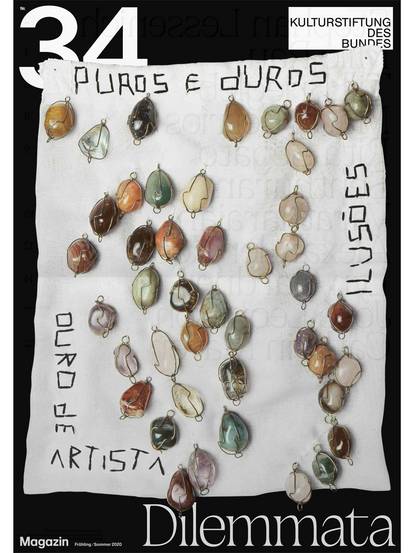
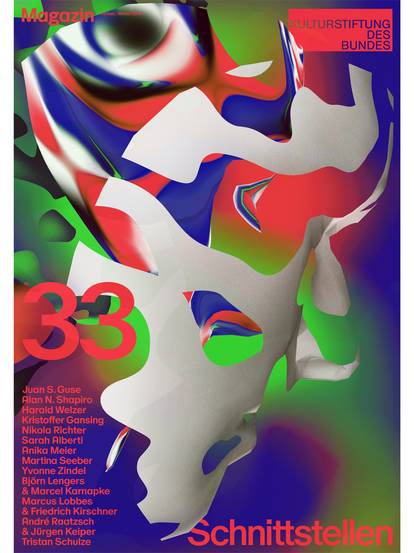
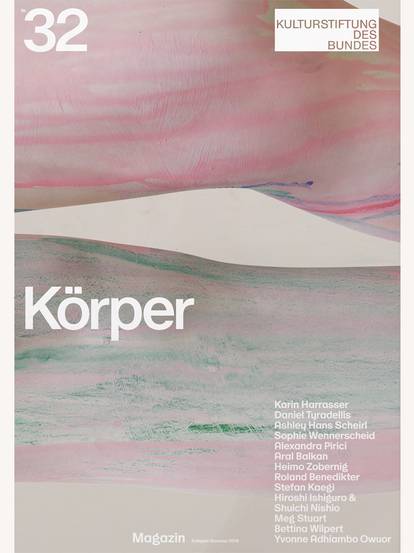
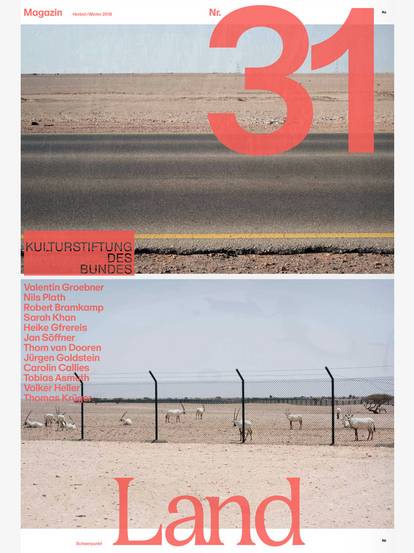
![[Translate to English:] Magazine 30](/fileadmin/_processed_/c/b/csm_magazin30_vorschau_9005f773d3.jpg)


